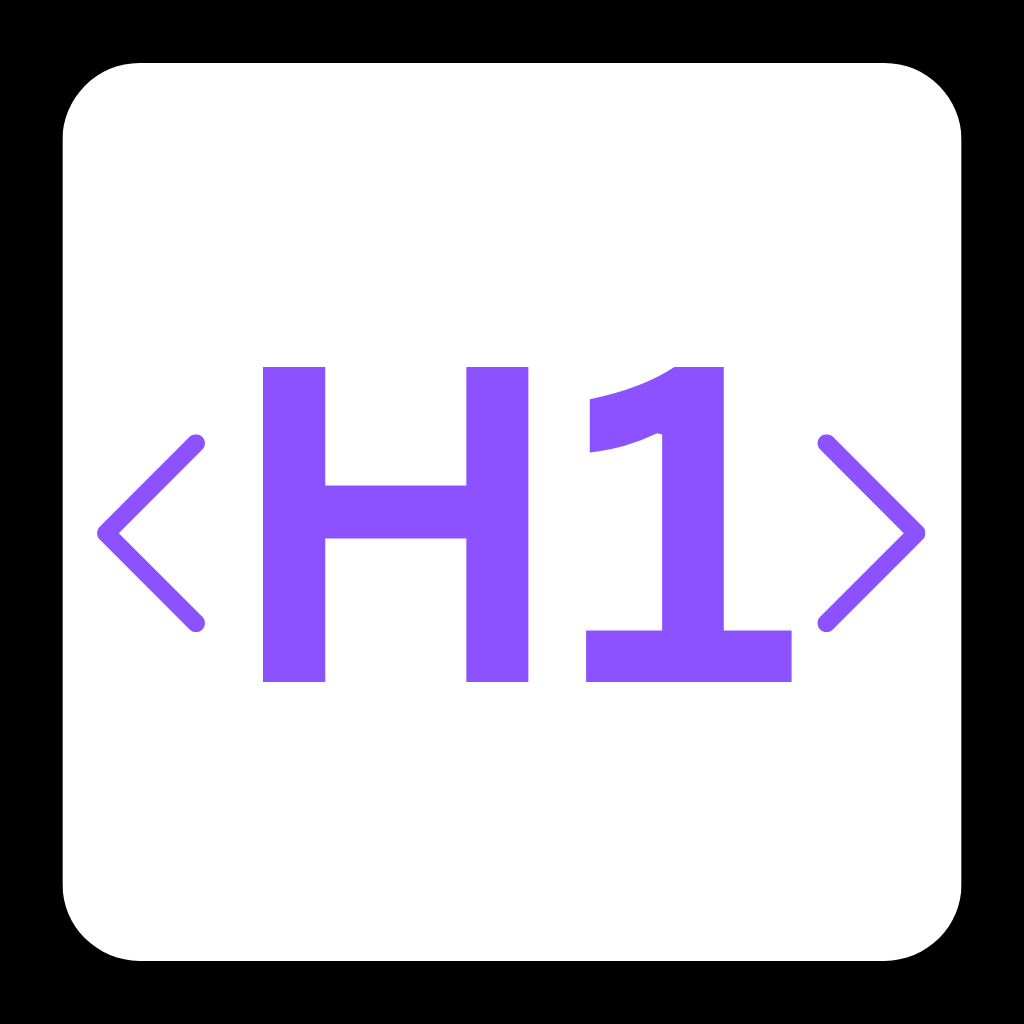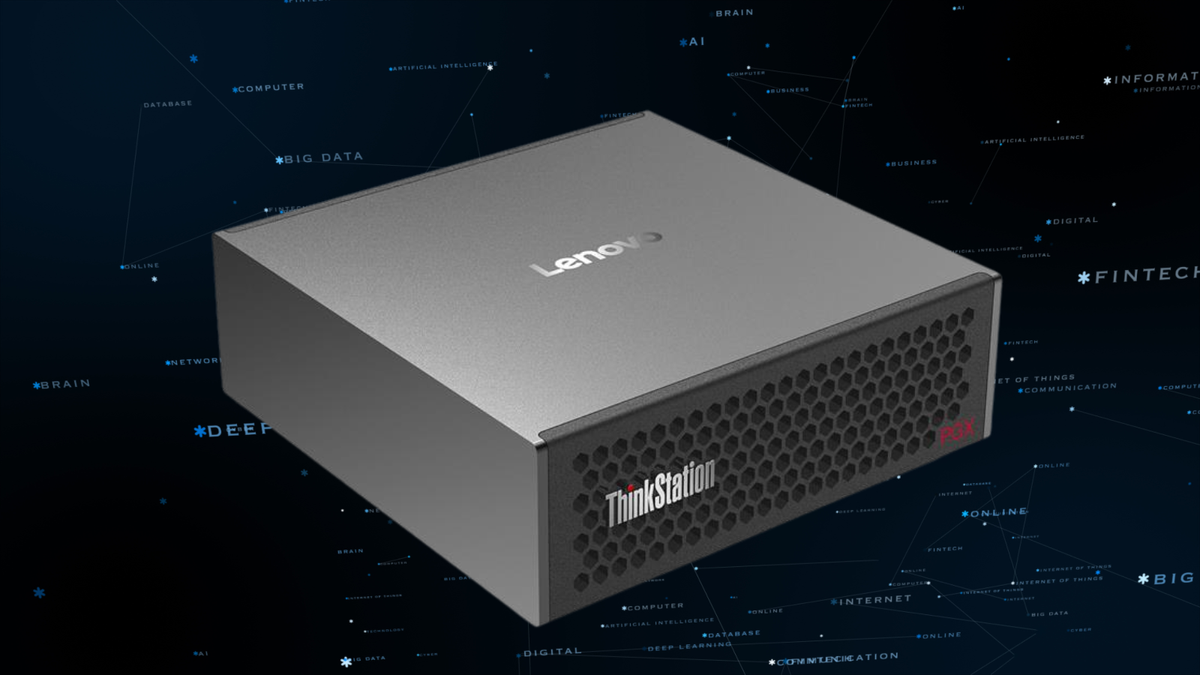Can AI Finally Solve CT Scans' Biggest Safety and Accuracy Challenges?

Stony Brook’s AI Breakthrough: Radiation Reduction Meets Precision Imaging
CT scans save lives but come with hidden risks—radiation exposure, motion blur, and reliance on outdated algorithms. Now, researchers at Stony Brook University are flipping the script with an AI technique that works like a photographic genius, creating crystal-clear images from minimal data. Could this be the end of grainy scans and excessive X-rays? Let’s dive in.
🌡️ The CT Scan Dilemma: Why Current Systems Fall Short
- Radiation Risks: A typical chest CT delivers radiation equivalent to 100+ X-rays—raising cancer risks for frequent patients.
- Motion Mayhem: 20-30% of scans require repeats due to patient movement, prolonging exposure and costs.
- Data Dependency: Traditional AI needs thousands of historical scans to “learn,” excluding patients with rare conditions or incomplete records.
- Image Artifacts: Low-dose protocols often produce noisy, unreliable images—forcing doctors to choose between safety and clarity.
✅ RBP-DIP: The AI That Thinks Like a Master Photographer
Stony Brook’s team, led by Xin Qian and Ziyu Shu, developed RBP-DIP (Residual Back Projection with Deep Image Prior)—a radical departure from conventional AI. Here’s why it’s groundbreaking:
- ✅ No Training Required: Unlike ChatGPT-style models, RBP-DIP builds images from scratch using only the current scan’s data—no historical databases needed.
- ✅ Radiation Cut by 80%: Experimental tests used just 51 X-ray projections (vs. 1,000+ in standard scans) to produce diagnostic-quality images.
- ✅ Motion Correction: The step-by-step “back projection” method isolates and fixes blur caused by movement during imaging.
- ✅ Sharper Details: Early results show enhanced tumor boundaries and vascular structures critical for cancer and stroke diagnosis.

🚧 Challenges Ahead: From Lab to Hospital
- ⚠️ Clinical Validation: While promising in trials, RBP-DIP must prove itself across diverse patient populations and scanner brands.
- ⚠️ Integration Costs: Retrofitting existing CT machines with AI processors could cost hospitals $500K+ per unit initially.
- ⚠️ Regulatory Hurdles: FDA clearance for AI-driven imaging tools often takes 12-18 months—slowing adoption.
- ⚠️ Computational Load: Real-time RBP-DIP processing requires GPUs 5x faster than current hospital systems typically use.
🚀 Final Thoughts: A New Era for Medical Imaging?
RBP-DIP’s just the beginning. If widely adopted, it could:
- 📉 Reduce global medical radiation exposure by 30%+ within a decade
- 🚀 Enable portable CT units for emergency field use (e.g., disaster zones)
- 💡 Democratize advanced imaging for rural clinics lacking large patient databases
But success depends on:
- 📈 Partnerships with GE, Siemens to embed AI directly into new scanners
- 🤝 Collaboration with regulators to fast-track safety approvals
What’s your take—will AI like RBP-DIP make risky scans obsolete, or are we overhyping the promise?
Let us know on X (Former Twitter)
Sources: Aknita Nagpal. Novel AI Technique Promises Faster, Safer CT Scans, May 12, 2025. https://news.stonybrook.edu/university/novel-ai-technique-promises-faster-safer-ct-scans/










